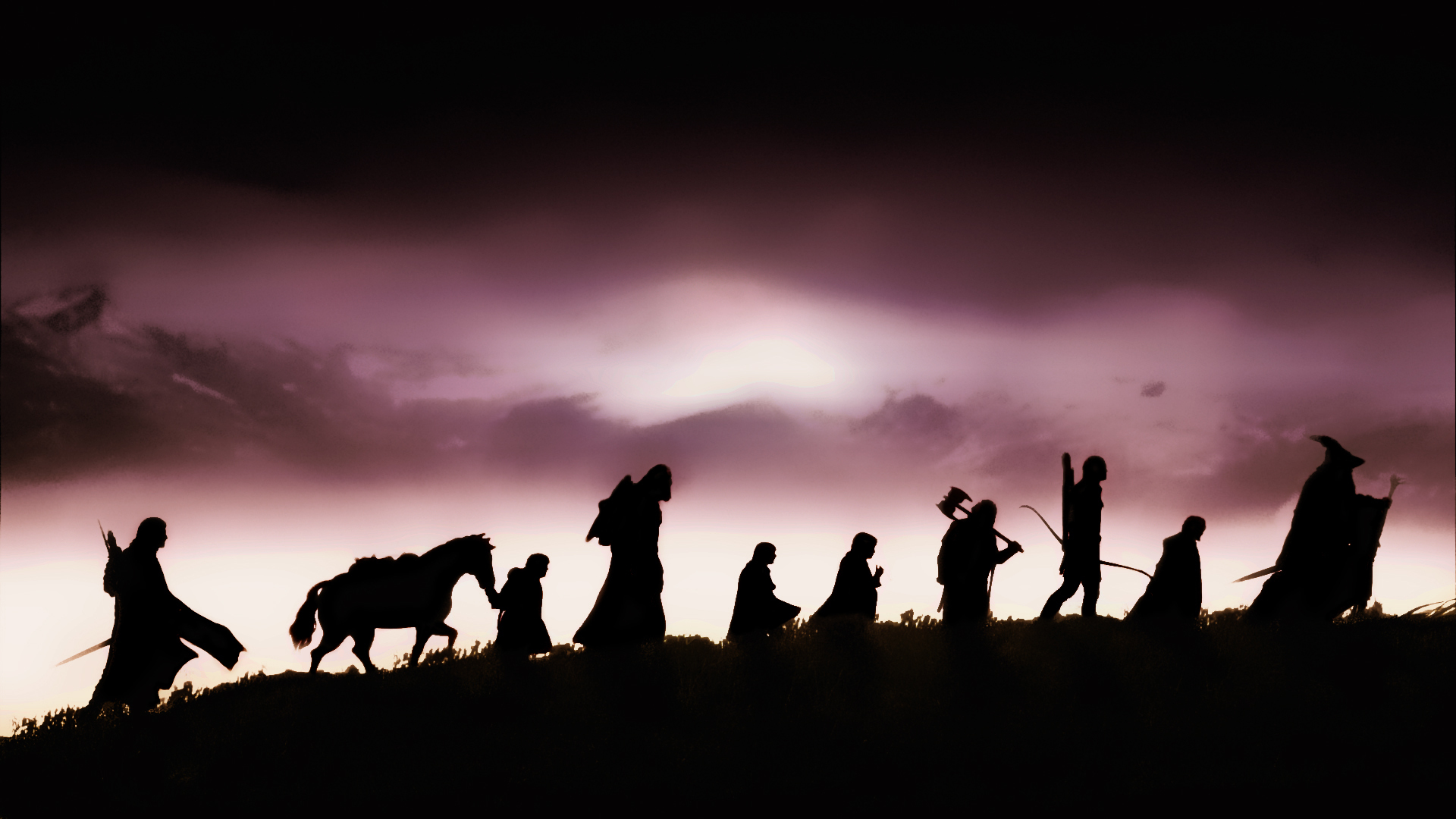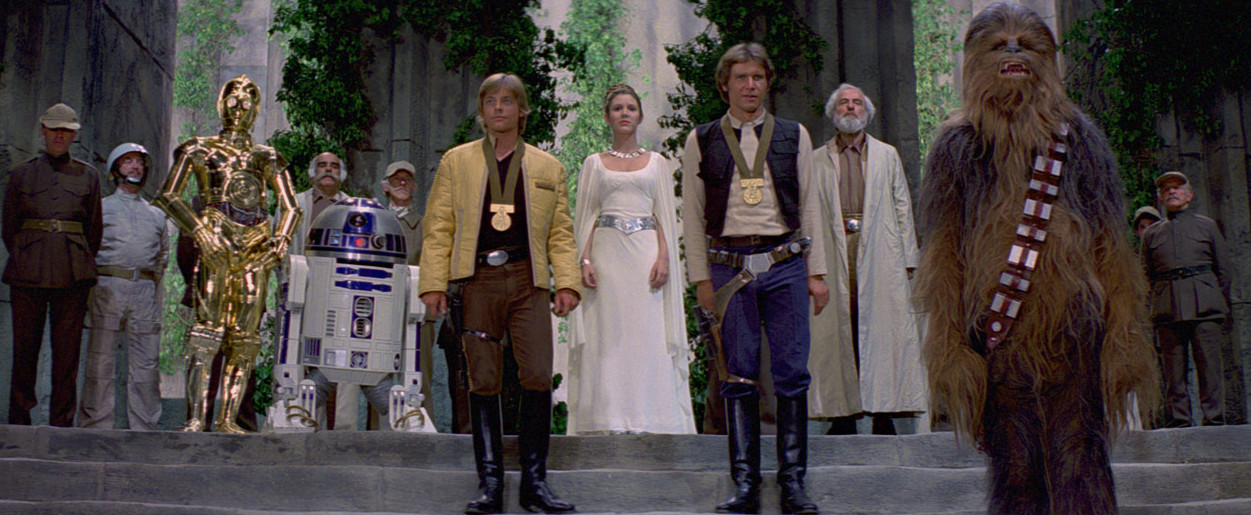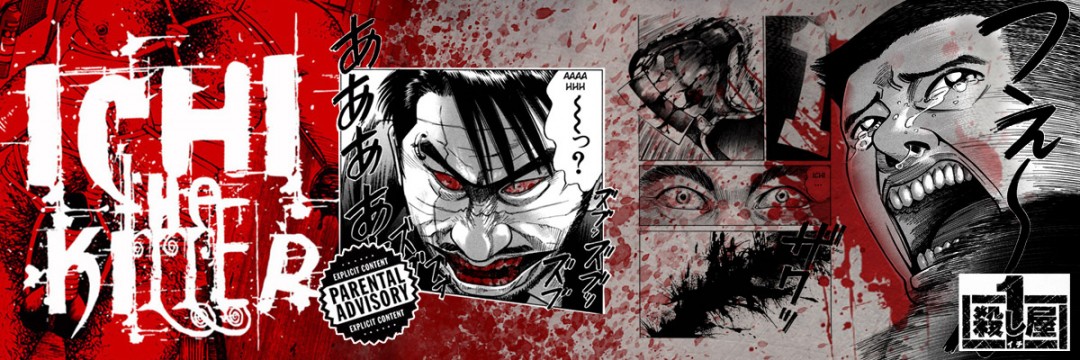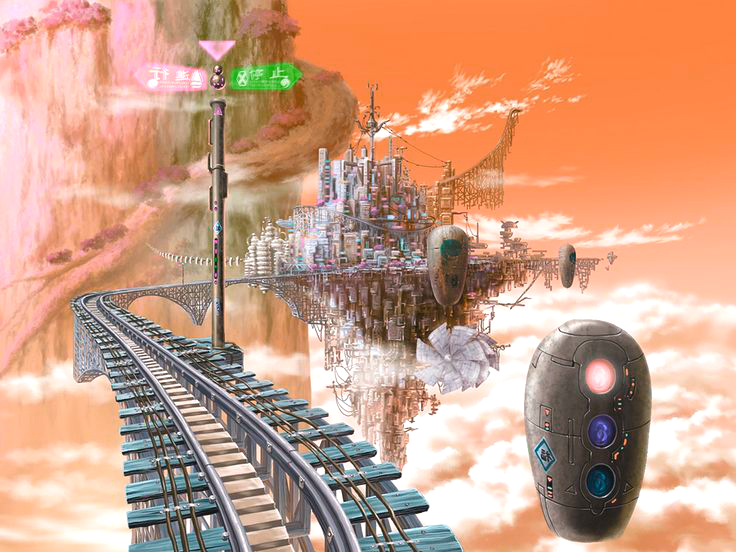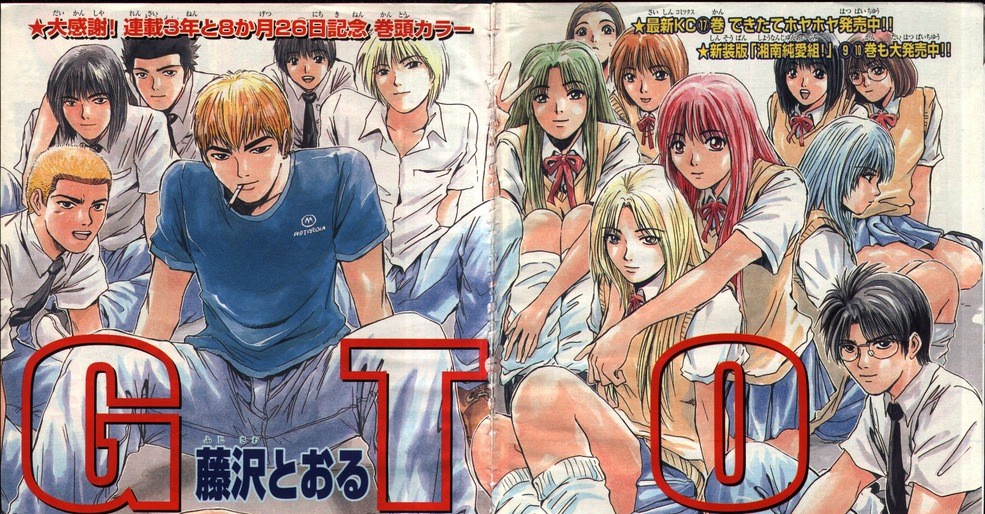Few fantasy tropes are more time-tested than the Party. Unlikely teams of adventurers have been banding together to save the world for as long as we can remember; they’re the cornerstone for thousands of stories in video games, book series, and tabletop RPGs. Whether you’re reading about characters in a fascinating fantasy world or you’re in a party yourself, doing your part to help your guild succeed, there’s nothing better than gathering Ye Olde Allies and joining the fun.
So why is getting “the Party” together so darn satisfying? The answer, friends, could go deeper than you think.
On the Shoulders of Giants
J.R.R. Tolkien’s The Lord of the Rings series has inspired countless other works. It set the groundwork for epic fantasy stories decades ago, and we’re still feeling the ripples even today. But behind Tolkien’s tale of high fantasy adventure sits a framework that is said to have existed for thousands of years.
Try this: Strip away all the fantasy elements from Lord of the Rings – the swords and sorcery, the loveable characters, and the breathtaking locales. (Basically everything you love about the series.) The basic story structure you’re left with will look like “the hero’s journey,” an idea described in Joseph Campbell’s 1949 work, The Hero with a Thousand Faces. Without going too deep into this monstrous rabbit hole (it’s certainly deserving of a more in-depth article, and hopefully not written by me), it explains that some stories become so well-loved because they share many of the same structural and narrative ideas as stories from the past. For example: the main character starts from a humble background, rises up to become a hero, and saves the world. Stories as varied as Star Wars, The Odyssey, and Alice in Wonderland follow a similar narrative flow. The idea is that we see these same symbols and archetypes pop up throughout history all over the world. No matter where they come from or what language they’re in, these thematic elements resonate with us and feels “right.”
The Party has its roots in Joseph Campbell’s work as well. There is a step in the hero’s journey, or more specifically, the Writer’s Journey, where the hero learns who his enemies are but also gains valuable friends. This is known as the “gathering of allies.” In Lord of the Rings, the Fellowship is formed; in Star Wars, Luke, Obi-Wan, and the droids hook up with Han and Chewie. These characters use their skills to help the hero (Frodo, Luke, etc.) accomplish his goals and achieve his destiny. Sure, Han Solo, Gimli, Legolas, and R2-D2 have their own distinct personalities, but it is the role they play in helping the hero that makes them, in part, truly significant.
This is conjecture, of course; a bit of literary theory. Tolkien, unlike other creators who have gone on record to have used the hero’s journey as a guide, was probably just doing his thing. His experiences in World War I more likely inspired his team of highly specialized individuals going behind enemy lines rather than Campbell’s literary companion. However, the parallels between the story beats in The Fellowship of the Rings and those outlined by the hero’s journey are so similar that you can’t help but feel a resounding ring of truth. Tolkien may have been imprinted by those same inherent patterns that humans have for thousands of years, whether he knew it or not.
Getting Your Game On
Now that we know where a good portion of fantasy parties come from, we can understand how they translate in a gameplay setting. Playing games lets us experience the adventures ourselves on our computers, consoles, or even our kitchen tables.
For any roleplaying game, you’re destined to encounter a variation of the holy trinity of character class archetypes: the tank, the healer, and the DPS. The tank soaks up damage; the healer heals it; the DPS deals it. Much like the hero’s journey acts as a template for stories, these character archetypes have existed for years. Starting with their first formal appearance in Dungeons & Dragons, these archetypes are the basic “roles” you’re “playing” in any given RPG.
In single player RPGs like Baldur’s Gate or Dragon Age: Inquisition, you control an entire Party of tanks, healers, and DPS classes all by yourself. Managing them and using their skills to complement each other is key to your success. Failure to do so will have you staring at the “Game Over” screen.
The More the Merrier
Although there are plenty of quality single player RPGs, the Party concept really shines in multiplayer games. It is in these settings that we gain a hands-on understanding of the party dynamic and see just how well we play with others.
In massively multiplayer online roleplaying games (MMORPGs, or more commonly MMOs) like World of Warcraft, you’ll see recognizable groundwork laid out for you: The holy trinity of archetypes, the fantasy setting, et cetera. But rather than giving you the strategic task of managing these characters yourself, you play a single character with unique skills. Working together as a team is the driving force behind MMOs and tabletop roleplaying games like D&D.
The social dynamic is an important aspect of these games. You won’t get far in the highest level dungeons without friends to help you; in fact, many of them require you to have cleared the lower level dungeons first, forcing you to spend hours with other players, working together to get gear so you can take down bigger, tougher bosses. This gameplay loop feeds into the whole Party aspect naturally. It works because joining a party lets you do things beyond your abilities as a single player. Other players fulfill the other roles – the other two-thirds of the class archetype trinity.
You can even apply the Party concept to the players behind the in-game avatars. In WoW, you’re grouping with five-player parties or even up to forty-man raids. Managing the social dynamic of real people is just as important – scratch that, even more important than how your characters are interacting with each other and the game world. You rely on each other, both in game and out. When the main tank doesn’t show up for raid night, everyone suffers. When you and the Party are bashing yourselves against the same boss for hours on end, morale plays a big factor. A party or raid leader must rally the troops so to speak and try their best to keep everyone focused. Meanwhile, other players can discuss how to solve the problem.
Partying with real, live people can have unexpected results in your game. Although the setting may be in a rich fantasy world, the interactions are as real as anything.
Party Hard
From Star Wars to Lord of the Rings, surrounding the hero with colorful, capable friends (or frenemies) provides us with an exciting character dynamic. However, the idea of the Party has an appeal that feels recognizable and deeply personal to us. These interesting interactions between characters don’t only happen in fiction; they happen with real people too. Our in-game experiences with virtual parties can lead to some of the most fun to be had in a social setting.
Because fun is what Partying is all about, isn’t it? When that boss finally does go down, the sense of accomplishment and relief you and your party members feel is real. And moments like those can lead to lasting friendships that even Tolkien would be proud of.

